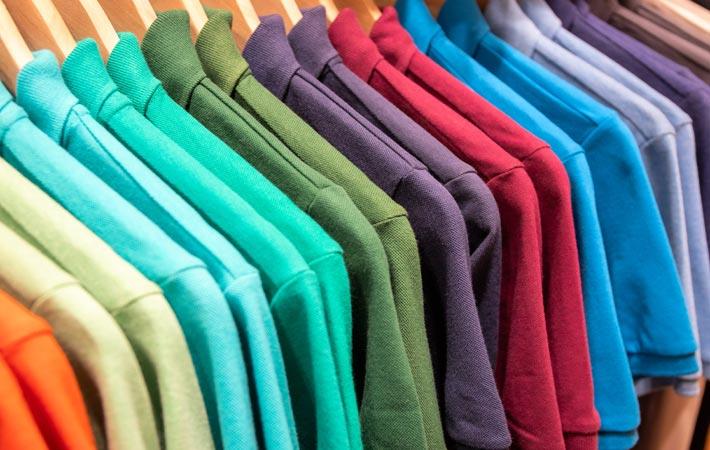China is gradually resuming manufacturing after weeks of factory shutdowns and logistical restrictions, but the impact on global apparel firms may continue for the foreseeable future as COVID-19 spreads, according to S&P Global Market Intelligence. Although clothing companies have a large exposure to China, they have so far managed to limit the impact.
Many businesses were shifting manufacturing to Vietnam, Cambodia and Bangladesh even before COVID-19 struck China due to rising labour costs and uncertainty around the US-China trade war, the New York-based company said in an insight piece on its website.China is gradually resuming manufacturing after weeks of factory shutdowns and logistical restrictions, but the impact on global apparel firms may continue for the foreseeable future as COVID-19 spreads, according to S&P Global Market Intelligence. Although clothing companies have a large exposure to China, they have so far managed to limit the impact.#
In the fourth quarter of 2019, US imports of apparel and textiles fell by 25.4 per cent year over year from China while rising 14.3 per cent from Cambodia, 8.6 per cent from Bangladesh and 6 per cent from Vietnam, according to data from Panjiva, a business line of S&P Global Market Intelligence, which is a division of S&P Global Inc.
The pattern continued in January with Cambodian exports to the United States rising by 23.8 per cent compared to a 31.7 per cent slump in shipments from China, the data shows.
However, these countries continue to rely heavily on China for intermediate inputs like raw materials and unfinished goods and services. Once the additional stock imported from China in anticipation of factory shutdowns during the Lunar New Year holidays is depleted, the global textile and apparel industry is expected to face the brunt of the supply disruption.
Hong Kong-listed Lever Style Corp., which manufactures for brands including Paul Smith and Hugo Boss, has set up a major production base in Vietnam.
Uniqlo-owner Fast Retailing Co. Ltd. is particularly exposed to the outbreak, with more than half its sewing factories and fabric mills located in China and a quarter in Southeast Asia. Manufacturers in Vietnam warned that many sewing factories in the country would face a serious shortfall of raw materials starting April if shipments do not resume in March.
Fast-fashion retailers, which rely on releasing new lines every few weeks and holding as little stock as possible, would be particularly vulnerable to supplier disruptions, the company said.
In the near term, apparel manufacturers may look at South Asian countries like India and Bangladesh to make up for the shortfall in supply, but China may still remain the top supplier once it recovers from the outbreak, the article quoted Bin Shen, associate professor in electronic commerce and logistics at Donghua University, as saying.
Shen, however, noted that trade policies would be factored into manufacturers' thought processes when considering whether to diversify their source countries.
The spread of the contagion to Europe and other parts of the world will increase the threat to bigger players, the article added.
Fibre2Fashion News Desk (DS)
